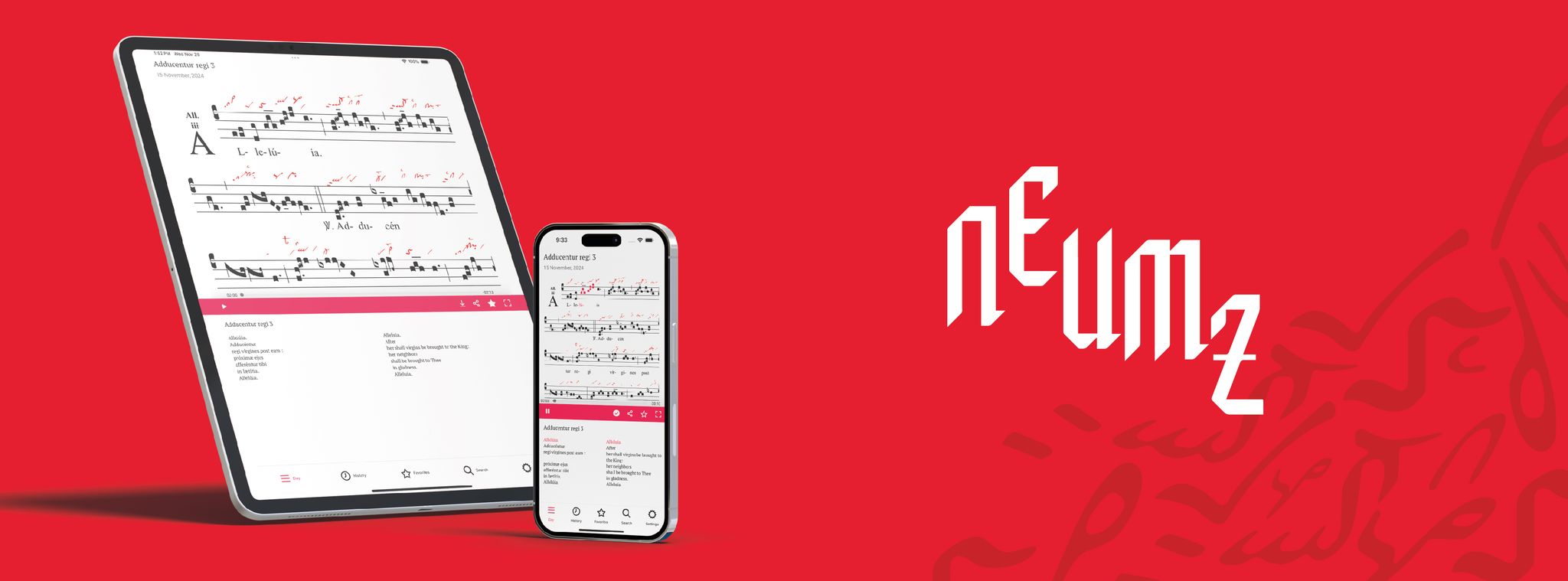Tibi Dixit Cor Meum 3
Today we celebrate the Second Sunday of Lent, on which the Church sets before us each year the figure of Jesus Christ transfigured. The glimpse of glory that Peter, James and John had on the mount of transfiguration, we will have in fullness in eternal life.
Human existence is a journey towards Heaven, our dwelling place. The journey is sometimes rough and difficult, because we often have to go against the current and have to fight with many "enemies" from within and without. But the Lord wants to comfort us with the hope of Heaven, especially in the hardest moments or when the weakness of our condition is most evident. The transfiguration of Jesus invites us to know that we too will one day be changed with him in glory. His glorious face is an encouragement to those who try to follow in his footsteps. It helps us to understand that passion – the painful effort – is the way that leads to resurrection: to accept, to love, to do his will always and everywhere, to follow his precepts, to keep his laws will lead us along the path of light and truth to that fullness.
On this Second Sunday of Lent, we have chosen the Introit chant, Tibi dixit cor meum. The text, taken from Psalm 26, verse 8 and part of verse 9, tells of the soul's search for divinity. We can say with the psalmist that the Lord searches me and knows me; it is in the silence of my soul that the Lord has heard my heart. I seek and have sought no other reward than Him; I have sought His face and I will seek it again. I will tirelessly insist on this search, because I do not go in search of something vile, but I go in search of His face, to love Him without anything in return, to feel transfigured by His love and to be one in Him. There is no encounter more precious and sublime than this, hence the final plea: do not turn away from me, do not hide it from me.
Mode 3 has been chosen in this piece; an excellent choice, as it is the authenticus deuterus, the mystical, contemplative mode, the one that allows the soul to sing its "interiorities" and intimate dialogues with its Creator. It is the mode par excellence of the expression of the fervent ardour, interior and exterior, of the soul in its contemplation and in its holy desires. The piece begins with that interiority of the soul, G-B B B B (in its restored version), a whisper that becomes a cry (the passage from B to C); the soul makes its heart speak, its message vibrates and is amplified in the unison development in C, assures its full conviction in what it expresses, with forcefulness, tristropha + virga with episema + tristropha. The soul settles in the high register, where it can express the strength of its message to God; the C gives strength to it all, in the subject of dixit, cor meum, and the soul already sings in the fullness of the C in the contemplation of the face it seeks. After resting on the A, the movement reaches the G again; from the depths of being sung and masterfully underlined by the two pes quadratus of quaesivi, G-A F-G, the soul pursues the object of its search, vultum tuum, rising with a beautiful turn of a fourth, G-C, prepared by the virga with episema of vultum, and remaining in contemplation: the C is amplified by the trigon and the tristropha (wasn't vultum tuum, your face, already present in the unisonic development of dixit? The soul expresses itself with this beautiful vibration of C; it does not need to say it in words). After a melodic descent of a fourth, C-G, which closes the melodic arc quaesivi vultum tuum as it began, G-A, pes quadratus, the soul exults with joy in the possessive tuum, surpassing the C on two occasions with two beautiful torculi, A-D-C and B-D-C (restored); two cries of joy from the prayer: it is not just any face, it is your face. And the contemplation continues with two strophicus in apposition to the torculus that closes this possessive.
The second phrase begins identically to the first; once again we are in the intimacy of the soul, G-B B B, but in the possessive tuum the C reappears and the immense joy of contemplating the face of the Lord, C-B-A A; it is the same melodic turn as in meum: the melody sings and thus endorses the union between the praying person and the Lord, cor meum + vultum tuum. As in quaesivi, at requiram the soul returns to its interiority, to meditation, to that inner process of insistent search and full union with God: up to three times we have the same pes G-A with the beautiful coda of the porrectus that closes the word. And almost as an extension and repetition of the last syllable of requiram (G-A-B-G-A), ne avertas (G B G-A A) prolongs this meditation, turning in humble supplication of the prayerful, the melody bends until it touches the fundamental for the first time, the E, and the introit antiphon concludes with this confident supplication that develops with two beautiful, climactic, increasingly deep bows (A-G-F G-F-E) until prostrating itself on the E.
